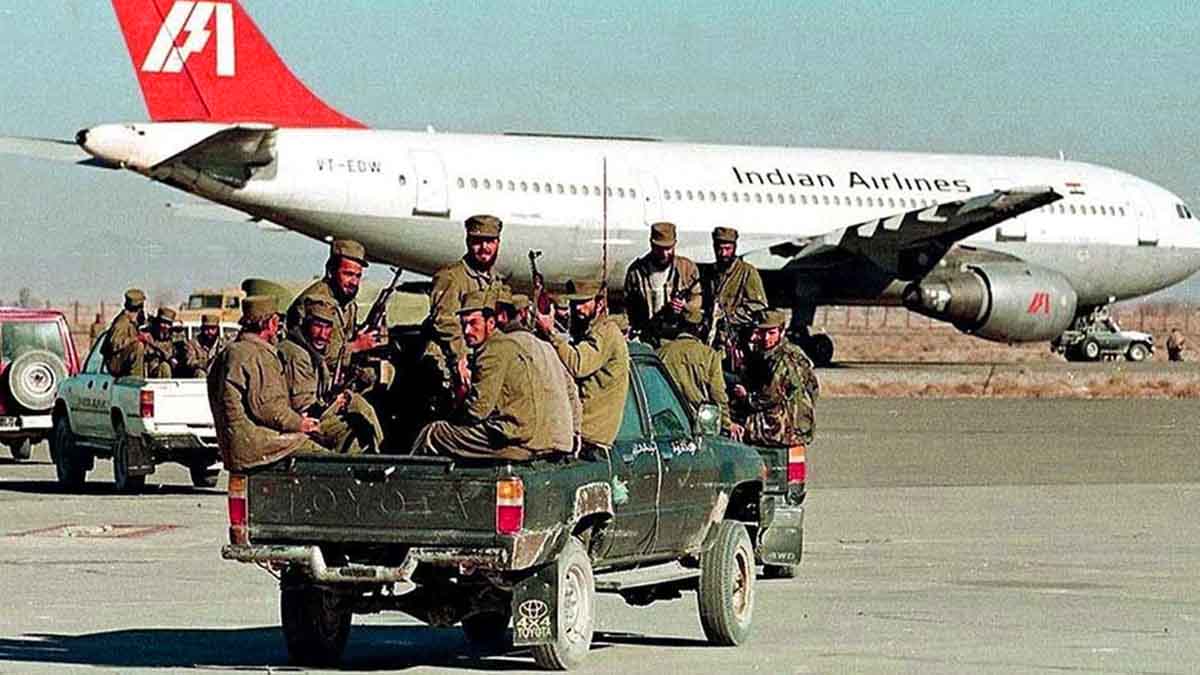
IC 814: The Kandahar Hijack: A True Story of Terror and Survival
Full Story of IC 814: The Kandahar Hijack
The year was 1999, and the world was on the cusp of a new millennium. But for the passengers aboard Indian Airlines Flight 814, that fateful day would be etched in their memories forever. The hijacking of IC 814, commonly known as “Kandahar Hijack,” was a harrowing ordeal that unfolded over seven days, involving masked militants, political negotiations, and a global crisis. Let’s delve into the gripping story of IC 814 and its impact on international relations.
The Hijacking
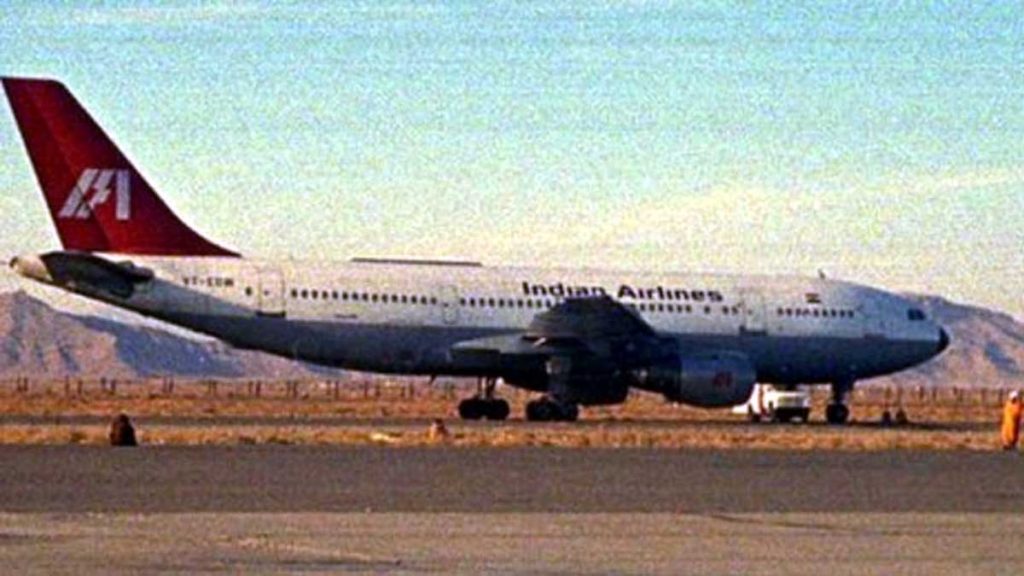
On December 24, 1999, IC 814 took off from Tribhuvan International Airport in Kathmandu, Nepal, en route to Indira Gandhi International Airport in Delhi, India. The Airbus A300, carrying 176 passengers, was piloted by Captain Devi Sharan and first officer Rajinder Kumar. Little did they know that their routine flight would turn into a nightmare.
Shortly after entering Indian airspace, five masked Pakistani militants from the Harkat-ul-Mujahideen (HuM) hijacked the aircraft. Their demands were clear: secure the release of Islamist terrorists held in Indian prisons. Among the hostages were Ahmed Omar Saeed Sheikh, Masood Azhar, and Kashmiri militant Mushtaq Ahmed Zargar.
The Hijacking Incident
Sequence of Events
The hijacking of IC 814 unfolded in a series of meticulously orchestrated maneuvers by the perpetrators. Armed with knives and explosives, the hijackers seized control of the aircraft shortly after takeoff. They coerced the pilots to change course and fly to Kandahar, where they sought refuge and made their demands known to the Indian government.
Negotiations and Diplomatic Dilemmas
The hostage crisis presented a daunting challenge for Indian authorities, who were tasked with securing the release of the passengers and crew while navigating the complexities of diplomatic negotiations. The hijackers demanded the release of several militants held in Indian prisons, including Maulana Masood Azhar, the founder of Jaish-e-Mohammed.
After The Kandahar Hijacking Where They Gone ?
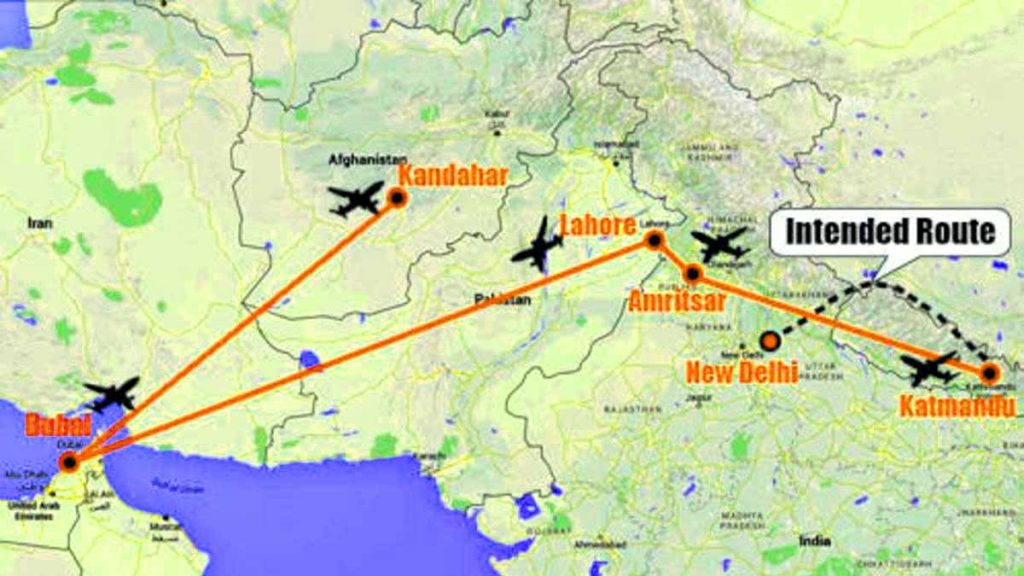
The hijackers forced the plane to land at several locations:
- Amritsar, India: The first stopover, where some passengers were released.
- Lahore, Pakistan: The second stop, further complicating the situation.
- Dubai, United Arab Emirates: The hijackers released more hostages but fatally stabbed one and wounded several others.
- Kandahar, Afghanistan: The final destination, controlled by the Taliban at the time.
The Taliban’s Role in The Kandahar Hijack
In Kandahar, the Taliban militiamen encircled the aircraft, preventing any Indian military intervention. The crisis escalated, and the hijackers’ demands remained firm. The presence of two Inter-Services Intelligence (ISI) officers on the apron raised suspicions. Had the hijackers not received ISI support, India might have resolved the crisis differently.
The Diplomatic Saga
The hostage crisis lasted for seven agonizing days. India faced a difficult choice: release the terrorists or risk the lives of innocent passengers. Diplomatic efforts intensified, with negotiations involving Indian officials, the Taliban, and international mediators.
Finally, India agreed to release the three terrorists in exchange for the hostages. The plane took off from Kandahar, and the freed passengers returned home, scarred by their traumatic experience.
Global Response and Impact on IC 814: The Kandahar Hijack
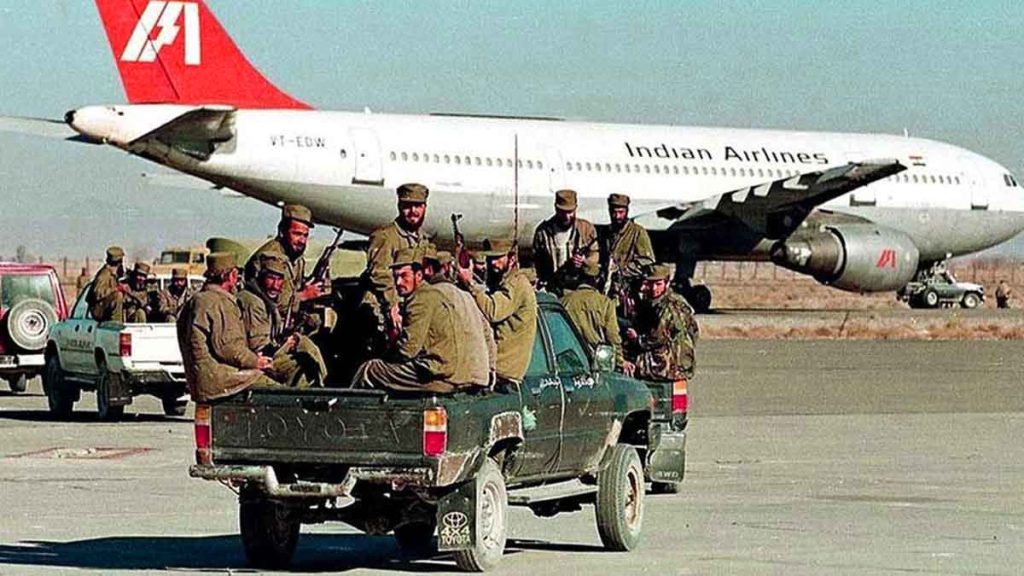
International Attention
The hijacking of IC 814 captured the attention of the global community, shining a spotlight on the threat of terrorism and the vulnerability of civil aviation. Countries around the world closely monitored the developments and offered assistance to resolve the crisis peacefully.
Security Reforms and Policy Shifts
In the aftermath of the Kandahar hijack, governments reevaluated their security protocols and implemented stringent measures to prevent similar incidents in the future. Enhanced airport security, intelligence-sharing mechanisms, and counterterrorism initiatives became top priorities in the fight against extremism.
Lessons Learned and Ongoing Challenges
Coordination and Preparedness
The IC 814 hijacking underscored the importance of coordination and preparedness in responding to crisis situations. It exposed gaps in communication and decision-making processes, prompting authorities to streamline their response mechanisms and enhance interagency cooperation.
Persistent Threat of Terrorism
Despite concerted efforts to combat terrorism, the threat remains pervasive in today’s world. The hijacking of IC 814 serves as a stark reminder of the enduring challenges posed by extremist groups and the constant need for vigilance in safeguarding against security threats.
What Steps Take After IC 814: The Kandahar Hijack
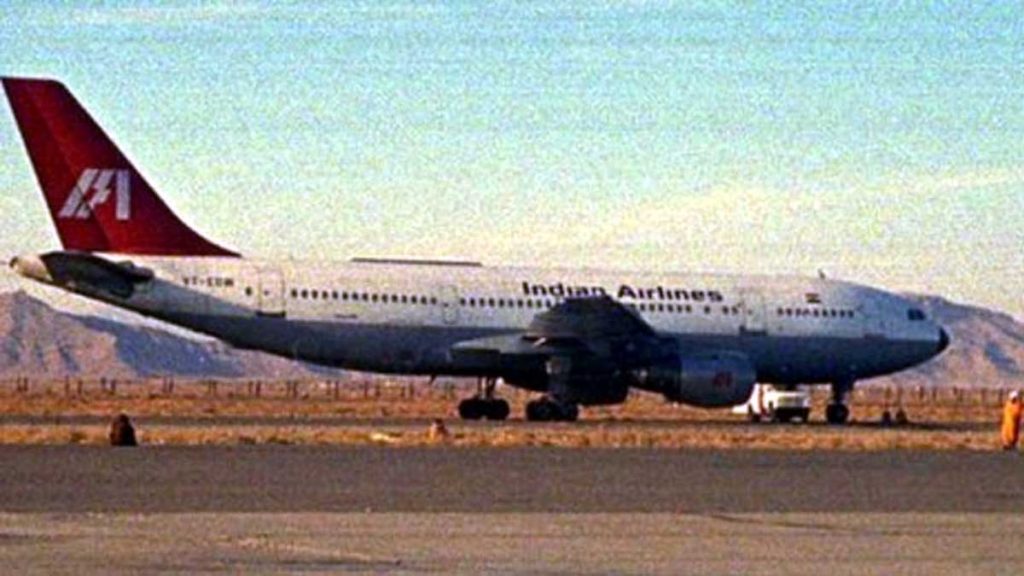
The Kandahar Hijack had far-reaching consequences:
- National Security Implications: The incident exposed vulnerabilities in aviation security and prompted global discussions on counterterrorism measures.
- India-Pakistan Relations: The hijacking strained relations between the two nuclear-armed neighbors, highlighting the need for dialogue and cooperation.
- Terrorism and Diplomacy: The crisis underscored the delicate balance between safeguarding lives and standing firm against terrorism.
Closing Thoughts
The saga of IC 814: The Kandahar Hijack is etched in the annals of history as a poignant reminder of the fragility of peace and the resilience of the human spirit in the face of adversity. It serves as a testament to the enduring resolve of nations to confront terrorism and uphold the values of freedom, security, and justice.
IC 814’s journey from Kathmandu to Kandahar remains a haunting chapter in aviation history. It serves as a reminder that terrorism transcends borders, and diplomacy plays a crucial role in resolving such crises. As we reflect on those dark days, let us honor the memories of the victims and strive for a safer, more peaceful world.